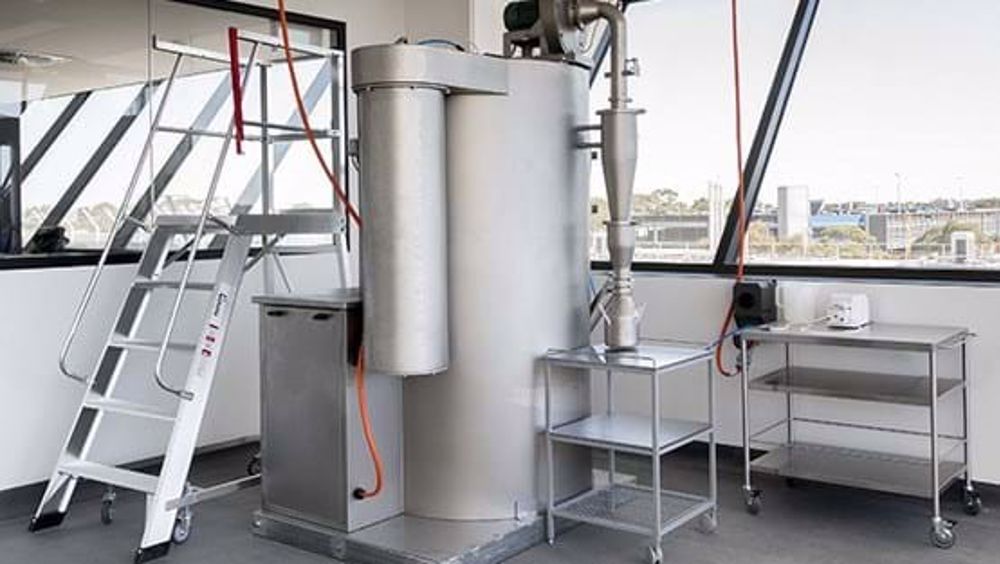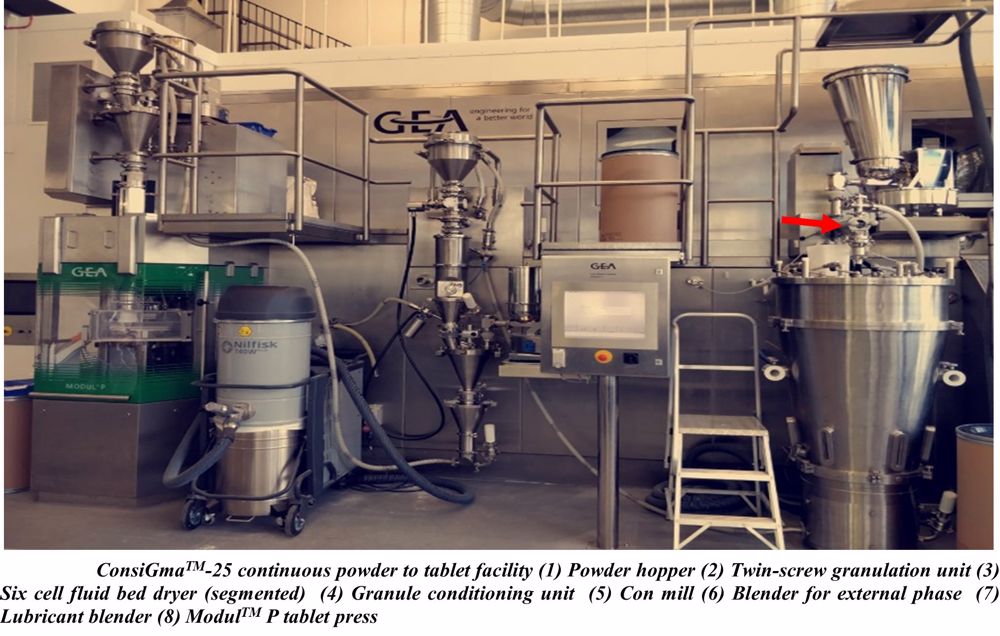Milk, Coffee, Medicine and More - Turning liquids into powders
In 1905 the first industrial spray dryer came into use, converting milk into powder continuously in one step – a remarkable chemical engineering process which still produces most of the powdered milk today. Converting food liquids into powders vastly reduces the weight and bulk for storage and transport. Powdered milk also keeps much longer without refrigeration.
The idea was patented in 1872, but actually making it work was much more difficult as there are a host of physical processes to be managed simultaneously. A big boost came in WW2 to reduce the transport costs of supplying troops. Today some 11 million tonnes are traded for food products each year. New Zealand exports 1.5 million tonnes, which would be uneconomic for whole milk.
The principle is that the liquid is atomized - which means made into tiny droplets– into a stream of hot air so the water evaporates, leaving the solid behind. Evaporation occurs below boiling point and at a rate proportional to the surface area. A litre of liquid of droplets about 0.1 mm in diameter has a surface area of about 60 square metres! The process is controlled so that the liquid does not get hot enough to cook. The design of the nozzles, flow rates and temperatures all affect the dryness, size and shape of the powder particles, which are separated from the air in a cyclone. (A clever device with no moving parts using the energy of the flow as its power source.)
It is only in recent years that chemical engineers have developed both the means of measuring at this small scale and the mathematics and computer power to optimize the process for quality and energy use.

Coffee can also be spray-dried (though tea was first). Care has to be taken not to lose the volatile aroma along with the water, and it also depends on the way the liquid is prepared. An alternative is freeze drying, based on the principle of sublimation – the vaporization of a solid in a vacuum. (This came about as a means of preserving blood plasma and penicillin without refrigeration during the Second World War, and is applied to many pharmaceuticals).
Again the surface area is increased by crushing the frozen coffee. But what about coffee granules? These are particles of powder stuck together, but not too much so they still come apart. Getting the balance right is very tricky, and all the mechanisms are still not understood. Granulation is important in many industries to have solids which are easier to handle. It can be used to combine different substances in the same small particle so that they don’t separate in storage. This was important in the days of gunpowder (which is a mixture) and now applies to instant soups, amongst other things.

The chemical engineering of these solid food products is also used in the pharmaceutical industry, where spray drying produces many active ingredients, and granulation helps to give the right combination in each tablet. Spray drying is now used for microencapsulation of bioactive compounds which are not stable by themselves. Like food, medicines were traditionally made by batch processes, but are moving to continuous ones using technology from other areas.
Other applications using these techniques include many chemicals, plastics, detergents, fertilizers, pesticides, ceramic powders, dyes and pigments. Organic solvents can be used instead of water, but nitrogen replaces air to prevent the risk of fires.
Research work continues in a number of chemical engineering departments on both spray drying, granulation and other particle technologies which are so important in advanced manufacturing.
References:
Improvement in drying and concentrating liquid substances by atomizing. US Patent 1251046A. Samuel R. Percy, 1872
HISTORY OF BEVERAGE: History milk powder spray drying (beveragehistory.com)
Spray drying in brief – Fyrtex.com
Intro to spray drying 0002533332.indd (wiley.com)
Spray drying in the pharmaceutical industry (europeanpharmaceuticalreview.com)
Novel smart drying technology - News - The Chemical Engineer
Spray drying of dairy products: a review - New Food Magazine